What’s one thing that traditional diets around the world have in common?
Beans!
At Oldways, when we talk about beans, we’re often talking about the broader category of pulses: a group of foods that includes beans, lentils, chickpeas, and dry peas.
From Jollof rice and black-eyed peas in West Africa, to sticky rice with adzuki beans in Japan, to bulgur and chickpea salads in the Mediterranean, and black beans and rice in Latin America, you’ll find beans and pulses in just about every cuisine-and for good reason! Keep reading to learn 5 good reasons to eat more beans and pulses. We have a feeling beans and pulses will be on your dinner table soon!
1. Beans and pulses are packed with nutrition
Beans and pulses provide us with protein, fiber, vitamins, and minerals. In fact, a defining feature of Blue Zone areas-communities with some of the longest-lived populations in the world-is beans.
Beans and pulses often star in plant-based entrees, providing protein in vegetarian dishes such as grain bowls, salads, soups, and stews. But beans can also be swapped into traditionally meat-based dishes. The next time you make burgers, meatballs, or meatloaf, try substituting half of the ground meat for beans. This will provide extra fiber in the dish, as well as cut back on the saturated fat content.
Both dried beans and canned beans are good for you, so use whichever kind you prefer. If you’re using canned beans, try looking for no-salt or reduced sodium beans. Or, if you’re using regular canned beans, rinse them before using to reduce the sodium by 40 percent.
2. Beans and pulses are affordable
Cooking with beans and pulses is a great way to reduce your grocery bill. Beans are a perfect base for dinner, and just one to two cans of beans can get you well on your way to a meal. If you’re cooking with dried beans, your money stretches even further! A one-pound bag of dried beans usually yields about six cups of cooked beans.
Not to mention, whether you’re stocking up on dried or canned beans, the product will have a long shelf life. You don’t need to worry about wasting food (or money) if you don’t use the beans right away.
3. Beans are sustainable
If you’re thinking about your environmental footprint (and we all should be!), then think about beans!
Beans are one of the world’s most sustainable protein sources, as our friends at Meatless Monday remind us. Beans require just a small portion of the land, water, and fuel required to produce meat products.
And did you know that beans have a sustainability super power? Beans and pulses fix nitrogen in the soil, which means they actually increase soil fertility where they are grown. They also help increase organic matter in the soil.
4. Beans and pulses are delicious
Beans are endlessly versatile (used in stir fries and rice-based dishes, to thicken sauces and stews, to add heartiness to salads, to stretch meatballs and ground meat dishes further-and even to add fiber and protein to baked goods like brownies!) No matter what kind of flavors you’re craving, there’s a bean recipe you can make.
Browse our recipes with beans and pulses, and get cooking! If you’re often on-the-go, it’s a good idea to keep a few cans of beans in the pantry, as you can quickly assemble a meal.
A batch of cooked beans in the refrigerator can also carry you through a few meals-try folding them into tortillas with salsa and vegetables for quick dinner, tossing a handful into a salad for lunch, or stirring them into a quick soup.
If you’d like to cook dried beans, you can use your instant pot, slow cooker, or stovetop. Some cooks prefer soaking the beans before cooking, and some say it isn’t necessary. The important thing is to make sure your beans are fully cooked. A quick rule of thumb? As Chef Ana Sortun told us during a cooking demo on one of our culinary tours: “If you have to wonder if the beans are cooked-keep cooking, they’re not done yet!”
5. Beans are part of traditional and cultural dishes
Whether you’re looking to connect with your own family’s cultural heritage, or explore a cuisine from another part of the world, chances are you’ll encounter recipes with beans and pulses.
Learn more about traditional diets from around the world-African, Asian, Latin, Mediterranean, and Vegetarian/Vegan-and you’ll find that beans are an important part of our global culinary heritage.
Want biweekly Heritage Diet information and recipes in your Inbox? Sign up for our Fresh Fridays newsletter by clicking the Subscribe button at the bottom of this page!


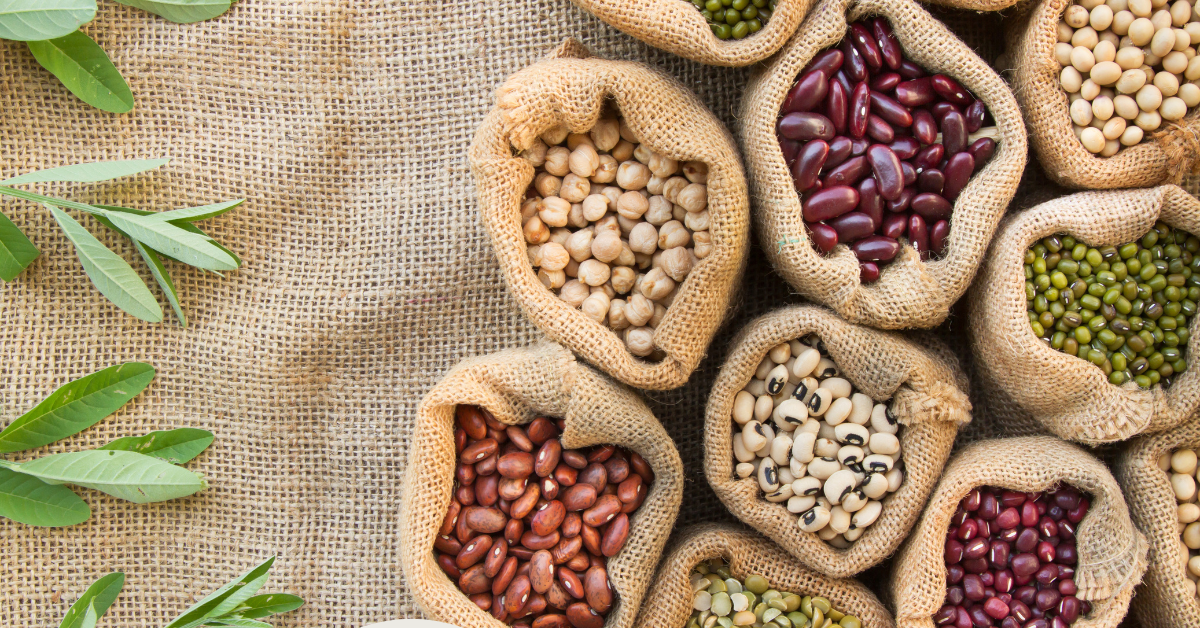
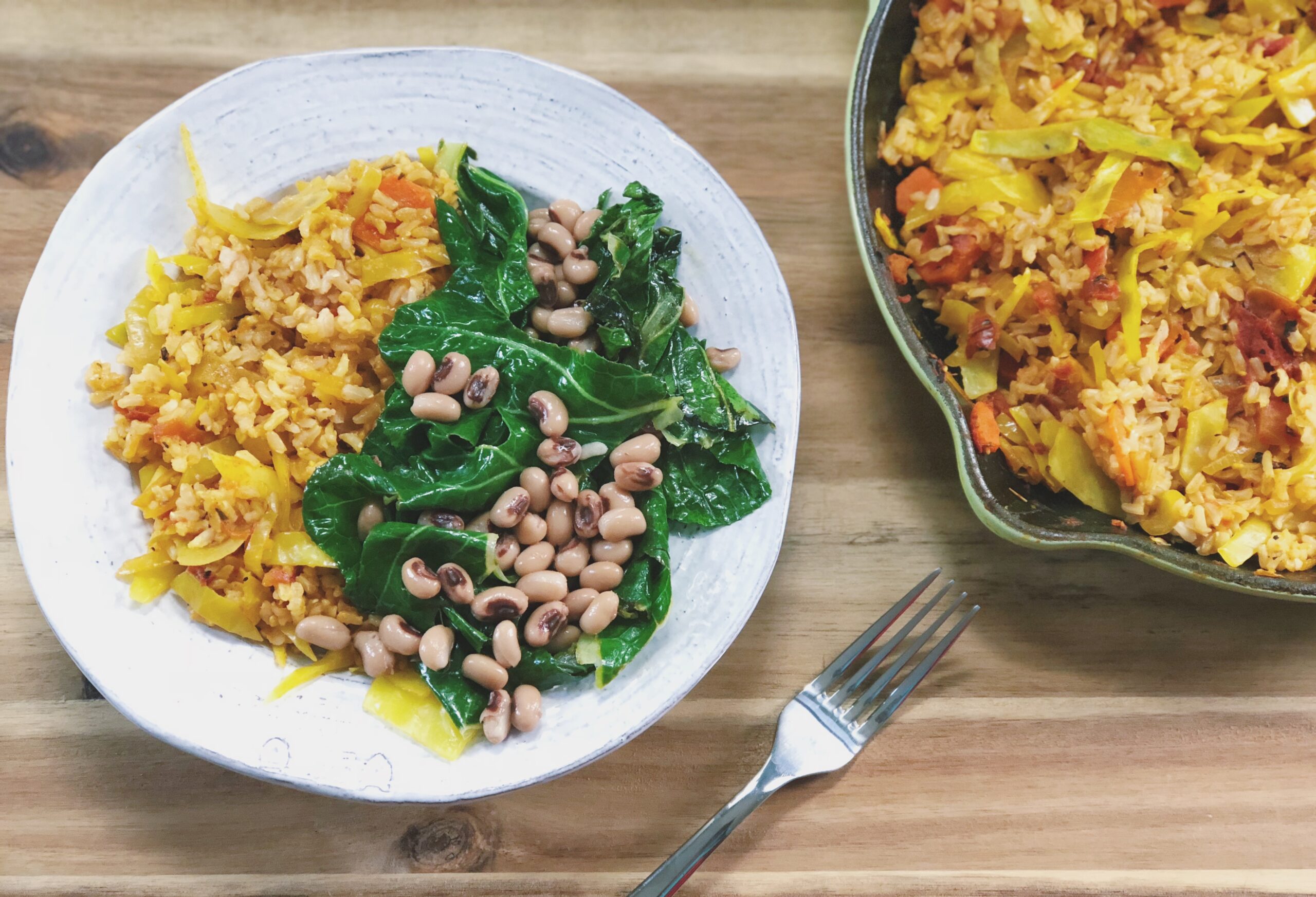
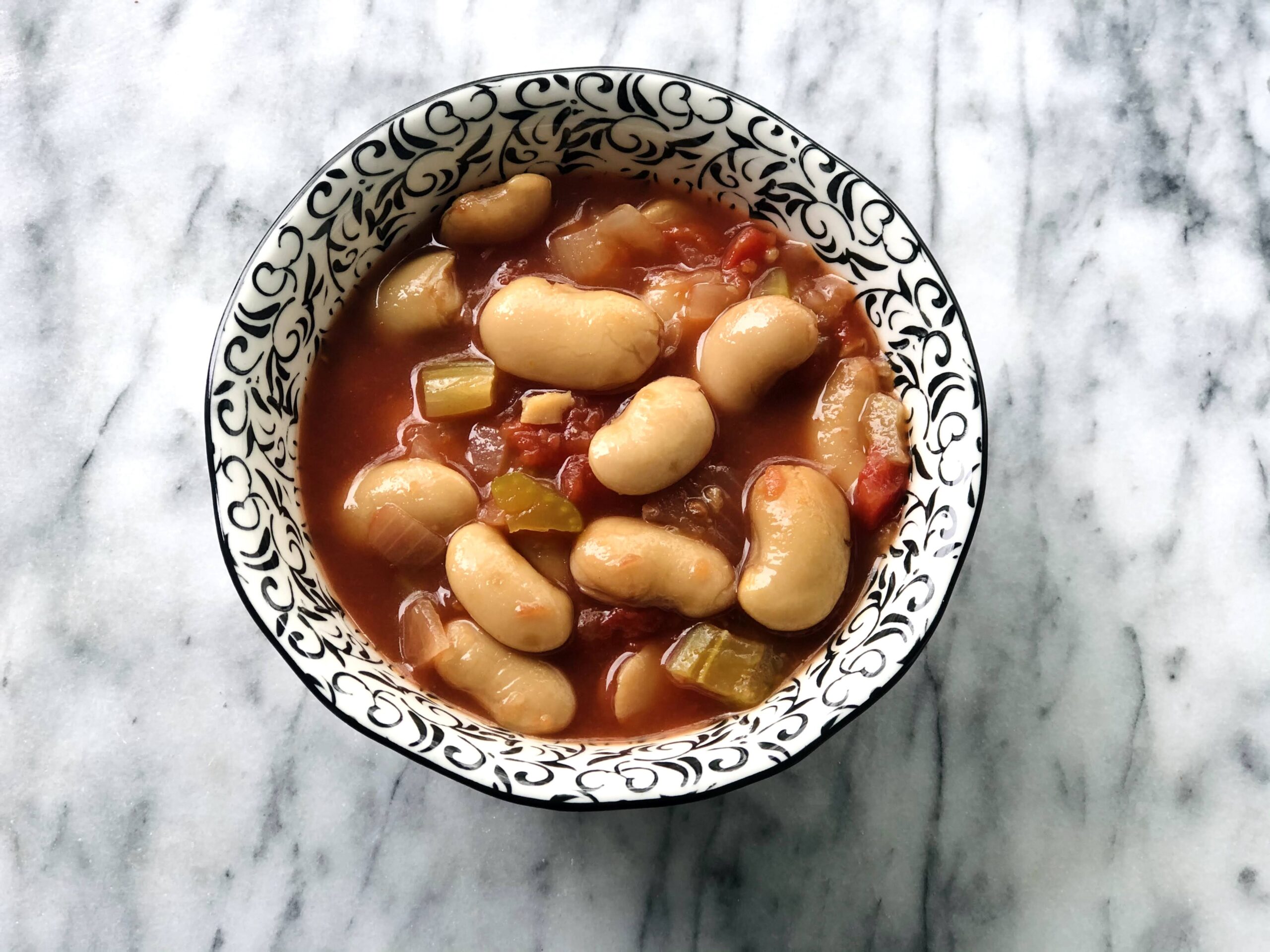
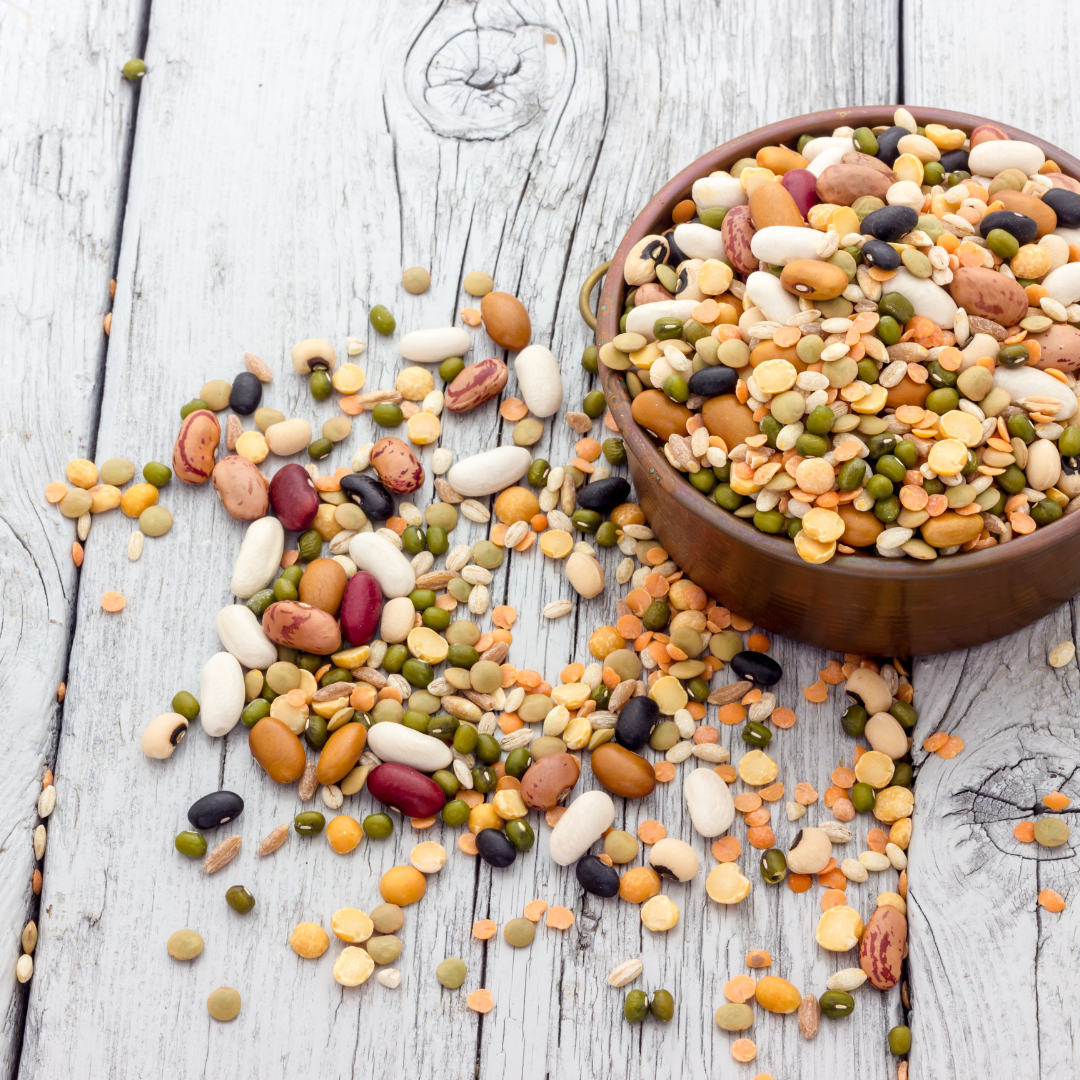

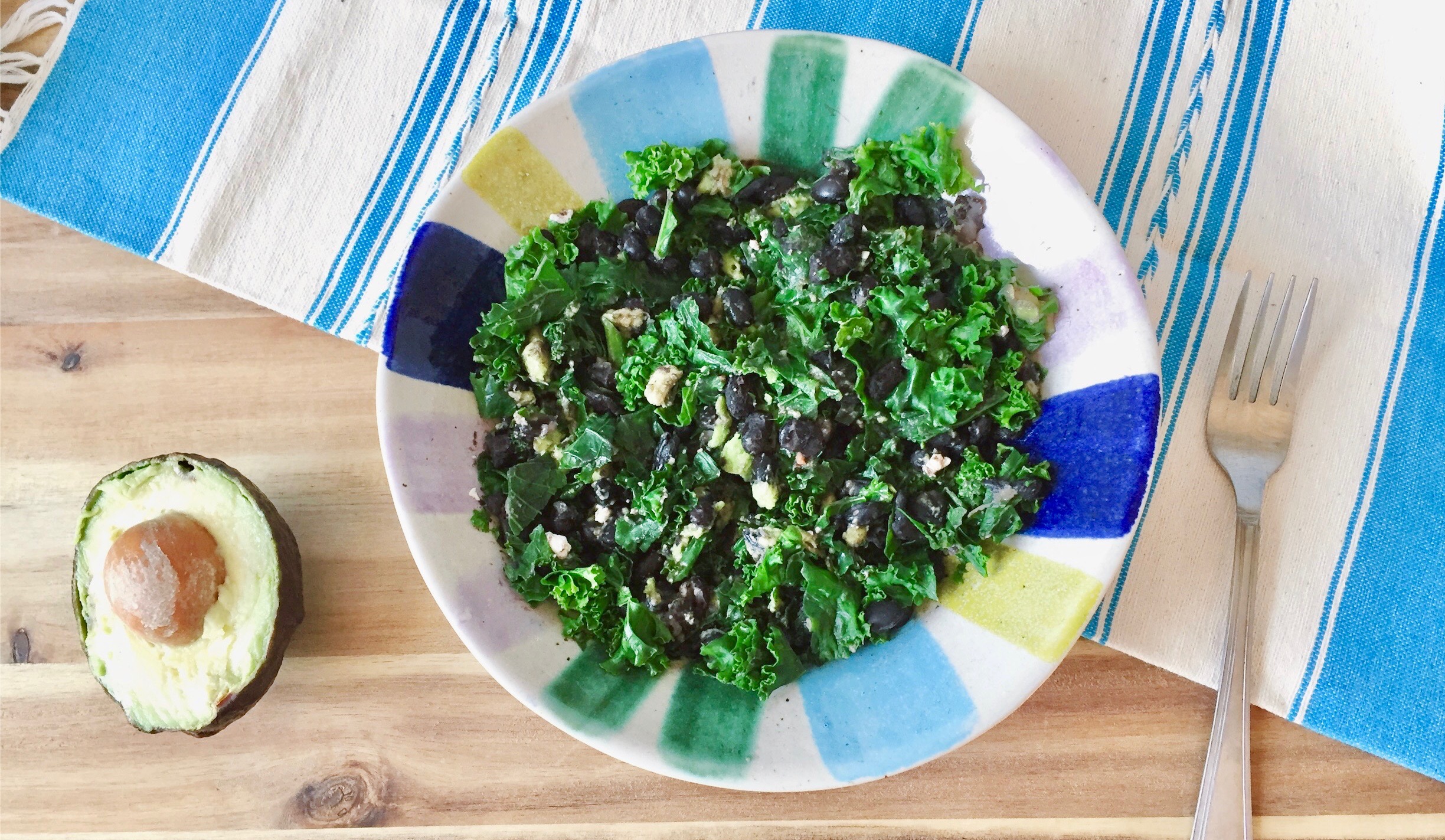
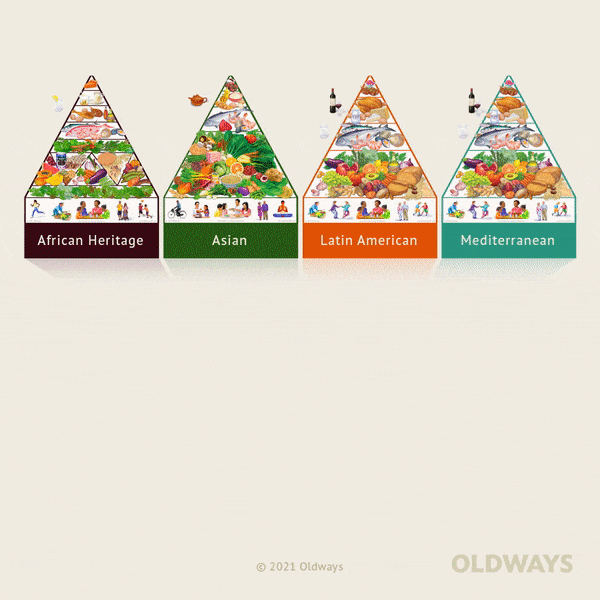




Leave a comment